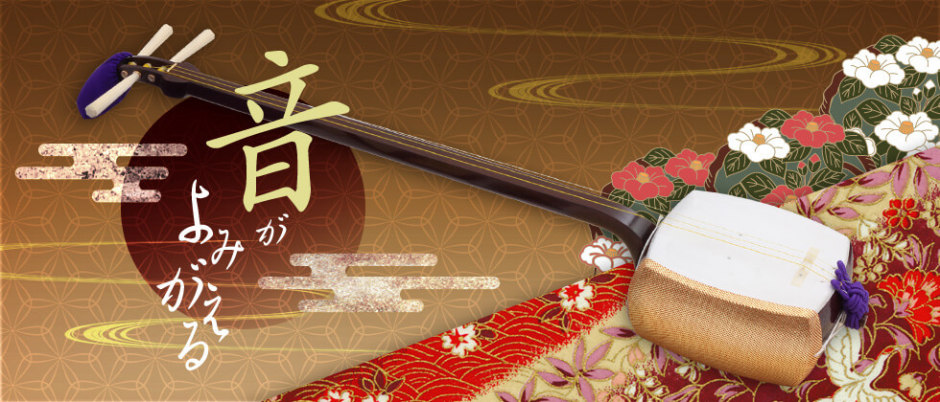みなさんこんばんは。三味線亀ちゃんです。
すみません〜〜〜更新が先週でしたのに今まで気づきませんでした。
おかげさまで忙しくさせて頂いていて気づきませんでした。(恥)
さて沖縄では梅雨真っ盛りのようですが本土はこれから梅雨に入っていきます。
雨が多いい時機は三味線の保存や扱いに注意が必要です。
この時期に何度かブログに梅雨時の注意点書いてきました。
昨年のこの時期のブログがとてもよく書けているので再掲載いたします。
ぜひ参考にしてください。
私何度か同じ主題でブログを書いておりますが、
最近私のブログを見始めた方もいらっしゃるだろうし、
大事なことは大事ですので書いております。
まず梅雨時には皮が破れるリスクが高まりますので
以下のブログを読んで見てください。
三味線の皮の保存方法が書いてある 2年前のブログです。
https://e-kameya.com/blog/?p=7241
こちらを見ていただくと梅雨の時期の皮のケアの仕方が分かります。
次の話題は糸巻きの取り扱いです。
糸巻きは象牙や黒檀で出来ているので、湿度が高くなってくると膨らんで
動かなくなることが良くあります。
このような時は以下のブログを参考にしてください。
https://e-kameya.com/blog/?p=7258
ちょっと注意すれば未然に防げますよ。
最後は梅雨の時は三味線の音が悪くなりますので
音が良くなるちょっとしたコツが書いてあるのが以下のブログです。
https://e-kameya.com/blog/?p=7271
ちょっとした駒の位置で音が変わりますよ。
これから日本は梅雨に入る所が多くなりますが
少し手間をかけてあげて乗り切りましょう!
I will add a sentence translated into English later~!
Please look forward to it.
三味線亀ちゃん
https://e-kameya.com/
Good evening everyone. I am Shamisen Kame-chan.
It will soon be the rainy season in Japan.
The rainy season is the most important season of the year for shamisen players.
The skin can tear, the spool can get stuck, and other troublesome things can happen.
I have written several blogs on my blog about the precautions to take during the rainy season.
Let’s look back at them again. I’m going to try to do that.
I have written several blogs on the same subject,
Some of you may have recently started reading my blog,
I am writing this blog because what is important is important.
First of all, the risk of skin breakage increases during the rainy season.
Please read and see the following blog.
This is a blog from 2 years ago that describes how to preserve shamisen skins.
https://e-kameya.com/blog/?p=7241
Here you can learn how to take care of the skins during the rainy season.
The next topic is handling the string rolls.
Spools are made of ivory or ebony, and they often swell up and get stuck when the humidity gets high.
When the humidity gets too high, they often swell up and stop moving.
If this happens, please refer to the following blog.
https://e-kameya.com/blog/?p=7258
If you are a little careful, you can prevent this from happening.
Lastly, the sound of the shamisen becomes worse during the rainy season.
The following blog contains little tips to improve the sound.
https://e-kameya.com/blog/?p=7271
The sound changes with the position of the pieces.
From now on, many places in Japan will be in the rainy season.
Let’s get through it by giving a little effort!
Shamisen Kamechan















